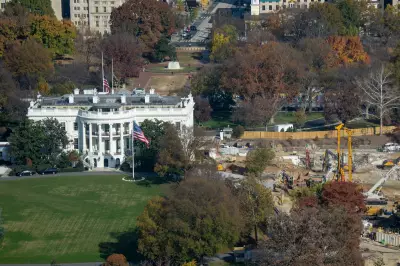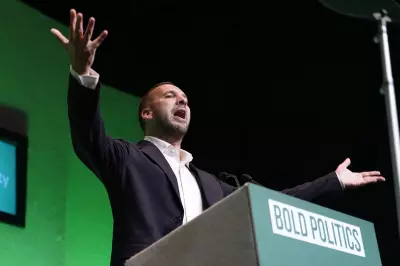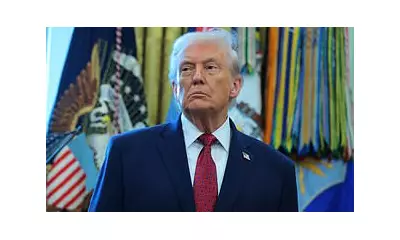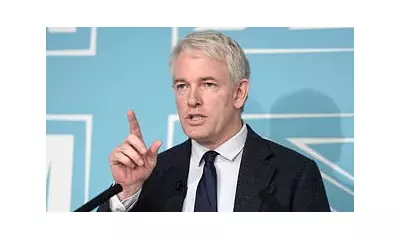
Vladimir Putin is a master of political ambiguity, often saying one thing while meaning something entirely different. According to Russia expert Mark Galeotti, decoding the Russian president's rhetoric requires a keen understanding of Kremlin tactics.
The Art of Strategic Ambiguity
Putin frequently employs what Galeotti calls 'strategic ambiguity' - carefully crafted statements designed to convey multiple messages to different audiences. Western diplomats often struggle to interpret whether his words represent genuine policy positions or mere tactical posturing.
Case Studies in Doublespeak
Recent examples include:
- Public declarations of peace talks while continuing military operations
- Claims of non-interference in foreign elections despite documented cyber campaigns
- Statements about respecting sovereignty while supporting separatist movements
Why This Approach Works
Galeotti explains that this deliberate ambiguity serves several purposes:
- Maintains plausible deniability for controversial actions
- Creates division among Western allies about how to respond
- Allows for policy flexibility without appearing weak domestically
This linguistic strategy has become particularly pronounced in recent years as Russia's relations with the West have deteriorated.
The Challenge for Western Leaders
According to Galeotti, the biggest mistake Western policymakers make is taking Putin's statements at face value. His words are often less about communication and more about creating specific effects - whether confusion, fear, or division.
The key, Galeotti suggests, is to focus less on what Putin says and more on what Russia actually does. Only by combining both can analysts gain a true understanding of Kremlin intentions.





